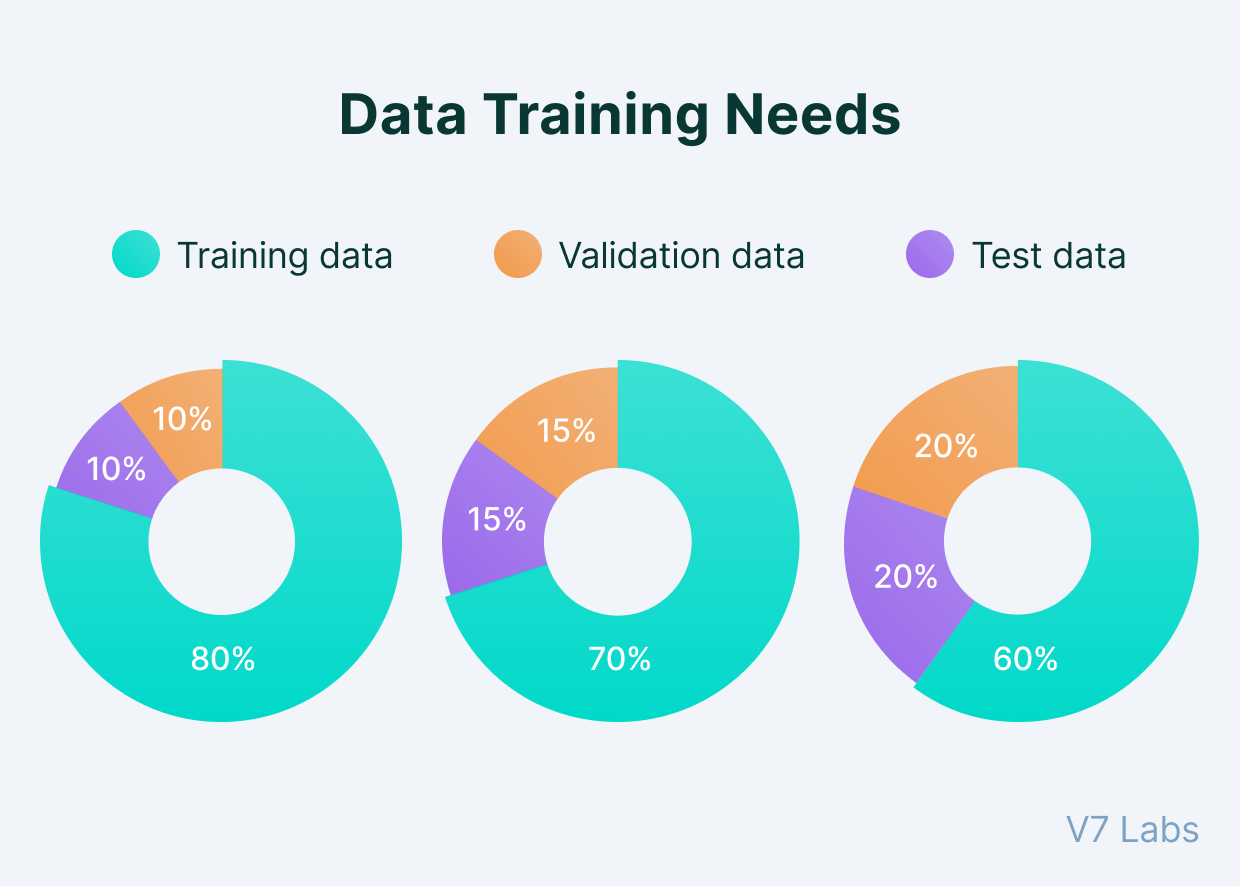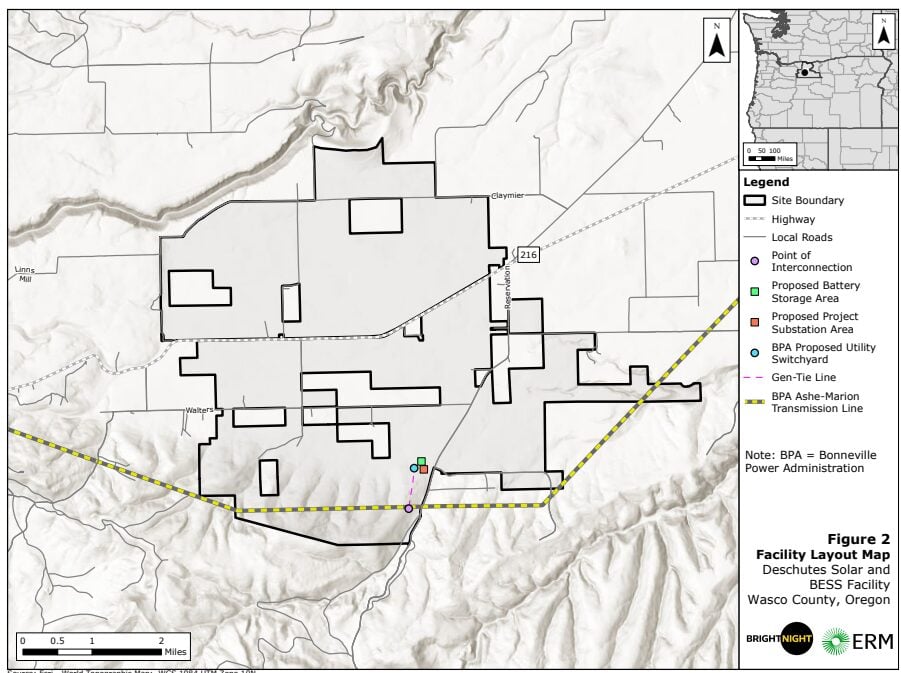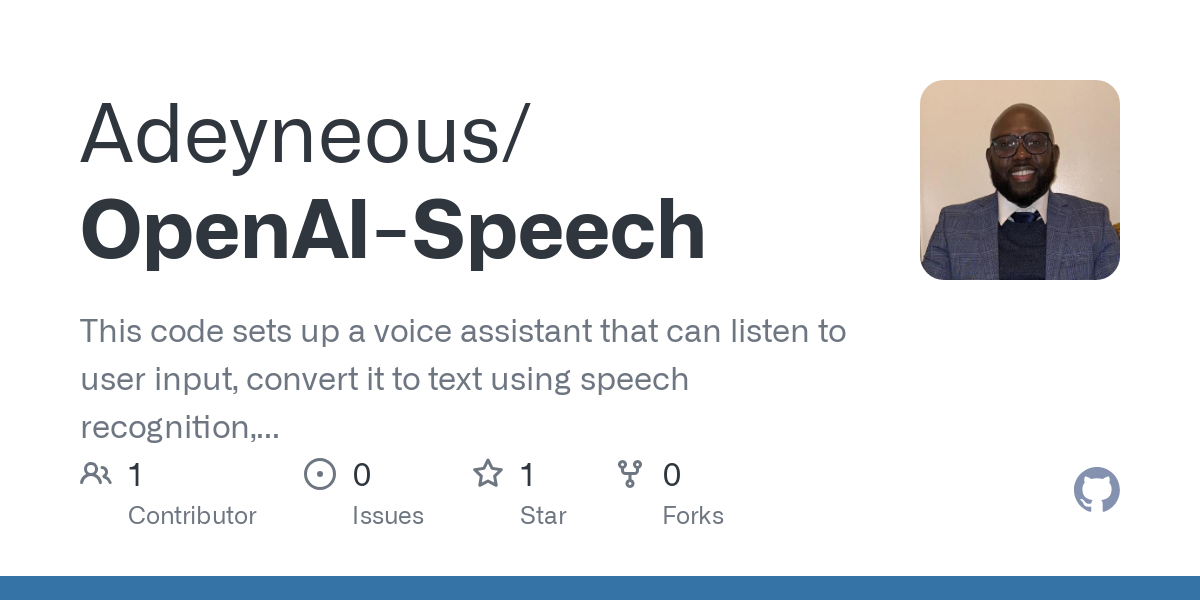Google's AI Search Algorithm: Training Data And Opt-Out Considerations

Table of Contents
The Data Fueling Google's AI Search Algorithm
The accuracy and personalization of Google's AI search algorithm are directly tied to the vast amounts of training data it uses. This data comes from diverse sources, shaping not only how the algorithm functions but also raising important questions about data privacy and potential biases. Key sources include:
-
Publicly accessible web data: This forms the bedrock of Google's knowledge graph. It encompasses websites, articles, images, videos, and other publicly indexed content. The sheer volume of this data allows the algorithm to understand context, relationships between concepts, and the overall structure of information on the web.
-
User search queries: Your search history is a goldmine of information for Google. Each query provides valuable insights into user intent, helping the algorithm understand what people are looking for and how they phrase their searches. This data is anonymized but still contributes significantly to the algorithm's learning process.
-
User interactions: Clicks, dwell time (how long you spend on a page), bounce rate (whether you leave a page quickly), and other interactions with search results are critical. They signal the algorithm which results are most relevant and satisfying to users, influencing future rankings.
-
Apps and services data: Data from other Google services, such as Gmail, Maps, YouTube, and Google Drive, indirectly influences search results. This data isn't directly used to rank web pages, but it contributes to building a richer profile of user preferences, ultimately influencing personalization.
Google leverages this massive dataset to train its AI search algorithm. The more diverse and representative this data, the better the algorithm can understand and respond to user needs. However, this vast data collection also raises important considerations about data privacy and the potential for bias.
Understanding the Implications of Google's Data Collection
The benefits of Google's AI search algorithm, including highly personalized search results and quick access to relevant information, come with implications for data privacy and potential biases.
-
Personalized search results: While convenient, personalized search can create an "echo chamber" effect. The algorithm might prioritize information aligning with your past searches and preferences, potentially limiting your exposure to diverse perspectives.
-
Potential for algorithmic bias: If the training data contains biases (e.g., gender, racial, or socioeconomic biases), the algorithm can perpetuate and amplify these biases in search results. This is a significant concern, as biased results can reinforce stereotypes and inequalities.
-
Data security and breaches: Storing and processing vast amounts of user data creates vulnerabilities. Data breaches can expose sensitive personal information, leading to identity theft or other security risks.
Transparency and control over your data are paramount. While personalized search offers convenience, it is crucial to weigh the potential risks against the benefits.
Opting Out: Controlling Your Data in Google Search
While a complete opt-out from Google's data collection is not feasible, users can take steps to exercise greater control over their data and enhance their online privacy.
-
Managing your Google activity: Google provides tools to review and delete your Google search history, location history, YouTube watch history, and other activity data. Regularly reviewing and deleting this data can reduce the amount of information used to personalize your search results.
-
Customizing privacy settings: You can adjust your Google settings to limit the level of personalization in search results. For instance, you can disable personalized ads or location history.
-
Using privacy-focused browsers and search engines: Consider using browsers like Brave or Firefox with enhanced privacy features and privacy-focused search engines like DuckDuckGo or Startpage. These alternatives prioritize user privacy and minimize data collection.
Data minimization is key. By actively managing your Google activity and exploring privacy-focused alternatives, you can significantly reduce your data footprint.
Conclusion
Google's AI search algorithm relies on extensive training data, significantly impacting the personalization and effectiveness of search results. Understanding the sources of this data and the options available for data control is essential for managing your online privacy. By actively managing your Google activity, customizing your privacy settings, and exploring privacy-focused alternatives, you can minimize your data footprint and participate more consciously in the Google AI search algorithm ecosystem. Take control of your data today and learn more about managing your Google AI search algorithm interactions.

Featured Posts
-
 Maintaining Excellence How Marvel Can Improve Its Cinematic Universe
May 04, 2025
Maintaining Excellence How Marvel Can Improve Its Cinematic Universe
May 04, 2025 -
 Lion Storages 1 4 G Wh Bess Project In The Netherlands Financial Close Announced
May 04, 2025
Lion Storages 1 4 G Wh Bess Project In The Netherlands Financial Close Announced
May 04, 2025 -
 Google Search Ai And Web Content The Opt Out Implications
May 04, 2025
Google Search Ai And Web Content The Opt Out Implications
May 04, 2025 -
 Bafferts Kentucky Derby Comeback A Reflection Of Racings Complex Identity
May 04, 2025
Bafferts Kentucky Derby Comeback A Reflection Of Racings Complex Identity
May 04, 2025 -
 Crypto Party Revelations A Two Day Chronicle
May 04, 2025
Crypto Party Revelations A Two Day Chronicle
May 04, 2025
Latest Posts
-
 16 Million Fine For T Mobile Details On Three Years Of Data Security Lapses
May 04, 2025
16 Million Fine For T Mobile Details On Three Years Of Data Security Lapses
May 04, 2025 -
 Open Ai Unveils Streamlined Voice Assistant Development At 2024 Event
May 04, 2025
Open Ai Unveils Streamlined Voice Assistant Development At 2024 Event
May 04, 2025 -
 Open Ais 2024 Developer Event Easier Voice Assistant Development
May 04, 2025
Open Ais 2024 Developer Event Easier Voice Assistant Development
May 04, 2025 -
 Open Ai Simplifies Voice Assistant Creation 2024 Developer Event Highlights
May 04, 2025
Open Ai Simplifies Voice Assistant Creation 2024 Developer Event Highlights
May 04, 2025 -
 Millions In Losses Inside The Executive Office365 Hacking Scheme
May 04, 2025
Millions In Losses Inside The Executive Office365 Hacking Scheme
May 04, 2025
